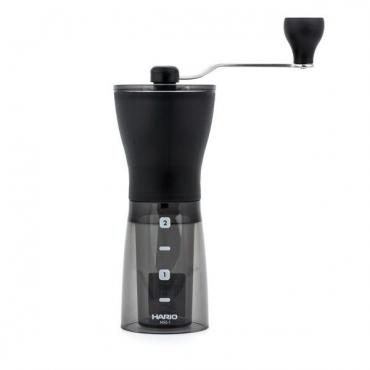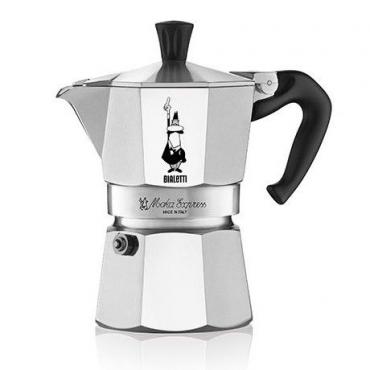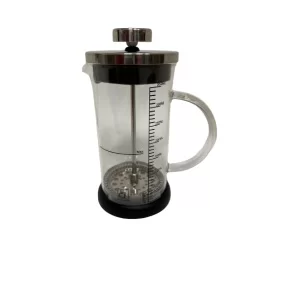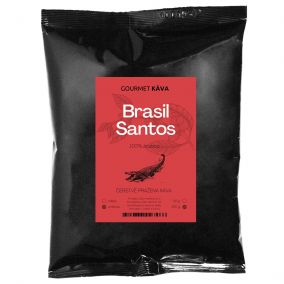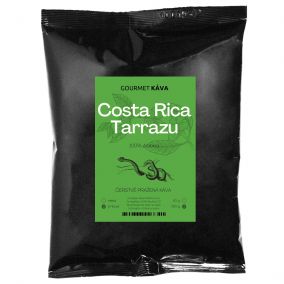Interesting facts about coffee that you probably didn't know! How much caffeine is in espresso? Can coffee kill you? And how can coffee be used in transport? You will learn all this and much more in the article.
1) Coffee is actually a fruit!
The coffee tree is a fruit tree whose fruit is the stone fruit. So coffee beans are actually seeds of coffee cherries. The fruit itself is edible and dried, and in some countries it is used to make a tea called cascara.
Did you know that you actually drink fruit while enjoying a latte?
2) Hawaii is the only US state where coffee is grown commercially.
Coffee tends to grow better in an equatorial climate, so it can be grown in the United States. Hawaii has an optimal climate for harvesting Java Beans.
Hawaii is known for its Kona coffee, which is widely exported and is popular all over the world. It is named after the area in which the plantation belt is located.
3) If the husband did not honor his wife with coffee in Turkey, it was a reason for divorce.
Do you also think that a lack of coffee beans could divide you? In Turkey, drinking coffee is such an important cultural aspect that in Constantinople in the 16th century, a law came into force allowing women to divorce if their husbands did not provide them with enough coffee.
Of course, this law is no longer valid, but it shows the role of coffee in culture and the family. So make sure you have enough coffee at home so you don't have to bear the consequences!
4) Contrary to what most people think, drinking espresso does not take you more caffeine.
A cup of espresso, about 30 ml in size, contains 63 mg of caffeine, according to the US Department of Agriculture. The same amount of filtered coffee is 12-16 mg. Technically, espresso is more "caffeine". However, drip coffee is never drunk in such a small amount, in the end you can take a much larger amount of caffeine just by drinking filtered coffee, which often means up to 95-128 mg of caffeine. If you want to reduce your daily caffeine intake, espresso is the ideal solution. But only if you stay with one cup a day.
5) Brazil is the world's largest producer of coffee, followed by Vietnam and Colombia.
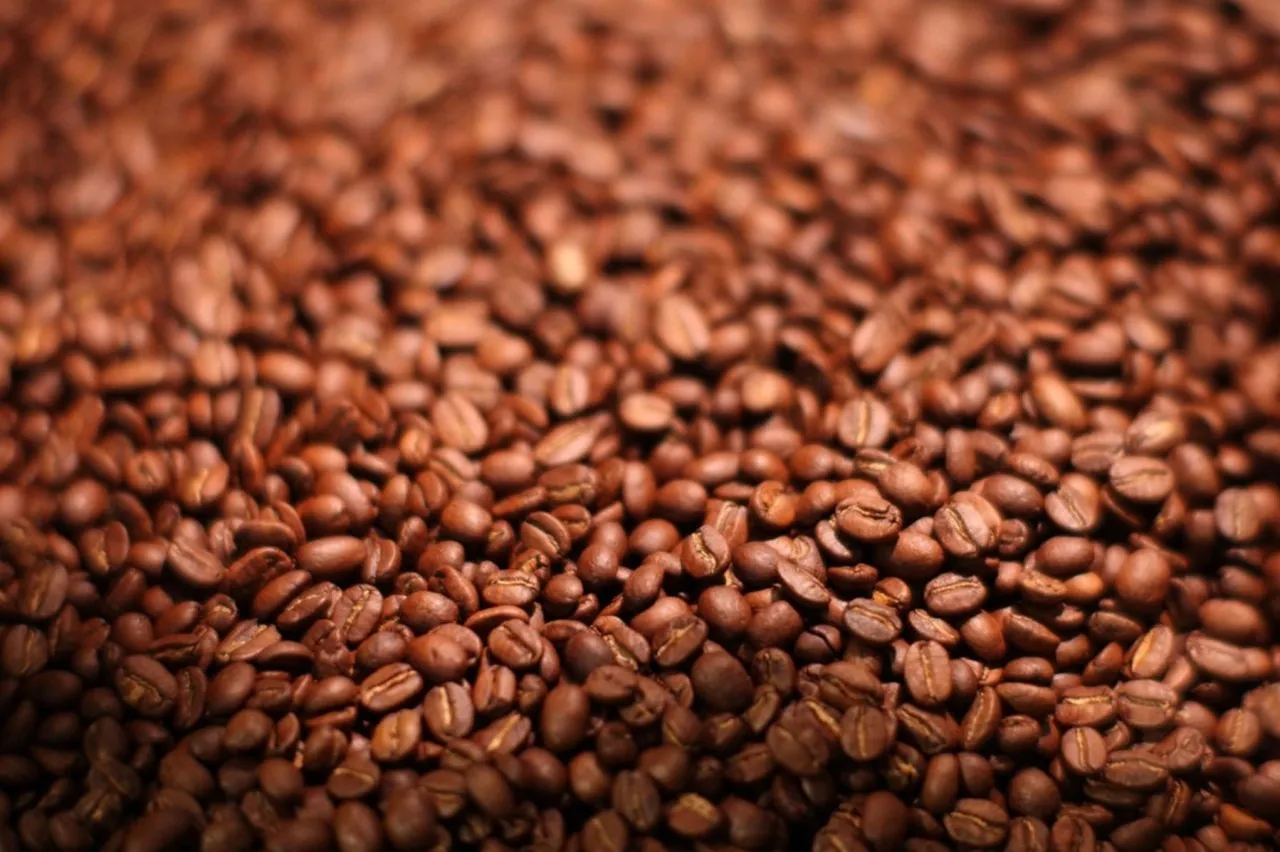 In fact, in 2011 Brazil produced almost twice as much as Vietnam and Colombia combined and a third of the coffee produced worldwide. These numbers have hardly changed in the last 150 years!
In fact, in 2011 Brazil produced almost twice as much as Vietnam and Colombia combined and a third of the coffee produced worldwide. These numbers have hardly changed in the last 150 years!
Brazil is also one of the few countries in the world where both Arabica and Robusta. Coffee is very important for the Brazilian economy and is a major export item.
6) About 100 cups of coffee is a lethal dose of caffeine.
Drink 100 cups of coffee? Inconceivably. However, this is roughly the estimated lethal dose of coffee, due to the caffeine content of one espresso. However, the symptoms of a caffeine overdose - nervousness, restlessness, hand shaking - can appear after just a few cups.
However, most cases of coffee overdose do not come from normal coffee drinking, but rather from alternative "consumption" patterns, such as an coffee enema. Extreme amounts of caffeine in your body can lead to heart attacks or seizures.
7) There are two types of coffee, Arabica and Robusta.
They have different tastes and different caffeine contents. Arabica beans are the most popular worldwide. As much as 70% of the coffee that was drunk on the ground is Arabica.
Robusta grows in a variety of climates, largely in Africa and Indonesia. While most people prefer the taste of Arabica coffee, Robusta also has fans, mainly because he has twice as much caffeine as Arabica!
8) "Americano" dates back to World War II, when American soldiers in Italy diluted their espresso with water because it was too strong.
When preparing Americana, use a large cup of cappuccino, then 30 ml of espresso is added with water in a ratio of about 1: 5. The resulting drink is much less intense and more palatable for many. As with most drinks, there are various variations. For example, you can use a small amount of water or prepare an espresso in a cup that already contains hot water. This coffee is called long black or has a smaller amount of cream.
9) New York drinks about 7 times more coffee than the rest of the world.
That's probably why it's a city that never sleeps! The most likely reason is that it is one of the most populous cities. Cafes are really on every corner here, and coffee is already an integral part of American culture.
10) The first webcam was used to watch a coffee pot at the University of Cambridge.
Do you also get upset when you go to refill your coffee and find that the kettle in the coffee machine is empty? To avoid this disappointment, researchers at the university's computer department devised a camera that filmed the coffee machine live. The camera was operational from 1991 to 2001. During the 1990s, when the Internet began to allow the display of photos and videos, the kettle was also transmitted online.
Imagine the camera pointing at an empty kettle that everyone can see on their computers, but no one wants to get up to make fresh coffee.
11) Coffee is one of the main commodities.
In fact, coffee is the second most traded commodity in the world, second only to oil. But no doubt it is one of the most popular.
Consumption of coffee is good for the developing world, because 90% of coffee is grown in these countries, while most of this coffee is drunk in the developed part of the world. The main thing is that the coffee trade brings money to poor countries.
12) The two most popular drinks on Earth, water and coffee.
It's really not surprising when you think about it. Coffee is the first beverage that many people around the world enjoy in the morning. In modern times, coffee has become the core of a large number of cultures around the world for various reasons.
Coffee is a big part of the world economy, so it was alarming when it was called something bad. Fortunately, that has changed, and research has shown that coffee is healthy and that people around the world can enjoy it daily.
13) The word coffee comes from the Arabic qahwah, which was originally a term for wine.
The term qahwah referred to a dark drink, which was red wine. The slightly different term qahwa then meant a drink "limiting appetite." Behind these terms is the origin of the word coffee, which is similar in all the languages of the world. Another legend says that the word comes from the name of the Caffa area in Ethiopia, where coffee began to be grown.
14) Coffee can replace fossil fuels.
Coffee beans are flammable and scientists believe they could replace fossil fuels as one of our main sources of energy and fuel.
In 2011, British engineers created a car that runs on coffee beans, breaking the record for the fastest car that runs on eco-fuel. One day, coffee may not only "drive" us, but also our cars.
15) Coffee was originally food, not drink.
The first African tribes consumed coffee, they did not make it a delicious drink that we know today. In combination with the coffee bean and the fat, an energy ball is created, which is chewed and supplied the body with caffeine.
Well, greasy energy balls don't look as tasty as a cup of iced espresso, but it's a good way to get energy fast. What do you think? Would there be a demand for such spheres in the world or in our country?
16) People who drink a reasonable amount of coffee are less likely to develop Alzheimer's disease or dementia.
All this is confirmed by a study from 2009. A reasonable amount is defined in the study between three and five cups per day.
Another health benefit of coffee is when you have a cup before a sports performance or training. You have more energy and your muscles work better. That's why caffeine is part of a large number of dietary supplements for athletes.
17) According to legend, the coffee was discovered by an Ethiopian shepherd, whose goats ate the fruits of this shrub.
Coffee is already grown in the Ethiopian region of Caffa hundreds of years. According to legend, it was there that a local goat pimp noticed that after eating this plant, his animals were much more active and thus discovered the beneficial effects of the coffee tree. We do not know the truth, but we are grateful for the discovery of coffee!
If you still want to know more about coffee, we have an article for you about roasting coffee .
The Hario Mini Mill Slim PLUS is a new version of the popular Mini Mill Slim with an improved hexagonal handle in an elegant dark smoke finish.
The Hario Mini Mill Slim PLUS is a new version of the popular Mini Mill Slim with an improved hexagonal handle in an elegant dark smoke finish.
The legendary Bialetti Mo ka Express moka pot from the Italian company Bialetti for the traditional preparation of stronger coffee. Suitable for 4 cups, i.e. approx. 190ml.
The legendary Bialetti Mo ka Express moka pot from the Italian company Bialetti for the traditional preparation of stronger coffee. Suitable for 4 cups, i.e. approx. 190ml.
Simple black frenchpress kettle with a capacity of 350ml for flawless preparation of filter coffee with a full body.
Simple black frenchpress kettle with a capacity of 350ml for flawless preparation of filter coffee with a full body.
Brazil is the world leader in the production and export of extremely high quality coffee beans. The best known and most popular is the 100 Brazil Santos.
Brazil is the world leader in the production and export of extremely high quality coffee beans. The best known and most popular is the 100 Brazil Santos.
Tarrazu is a very fine and incredibly perfectly balanced coffee of high quality from the extinct volcanic mountains of Costa Rica.
Tarrazu is a very fine and incredibly perfectly balanced coffee of high quality from the extinct volcanic mountains of Costa Rica.
Hario MINI MILL SLIM PLUS (MSS-1DTB)
Bialetti Moka Express 4 moka kettles
French press 350ml black stainless steel
Brazil Santos, Arabica coffee beans
Costa Rica Tarrazu, arabica coffee beans





























































































